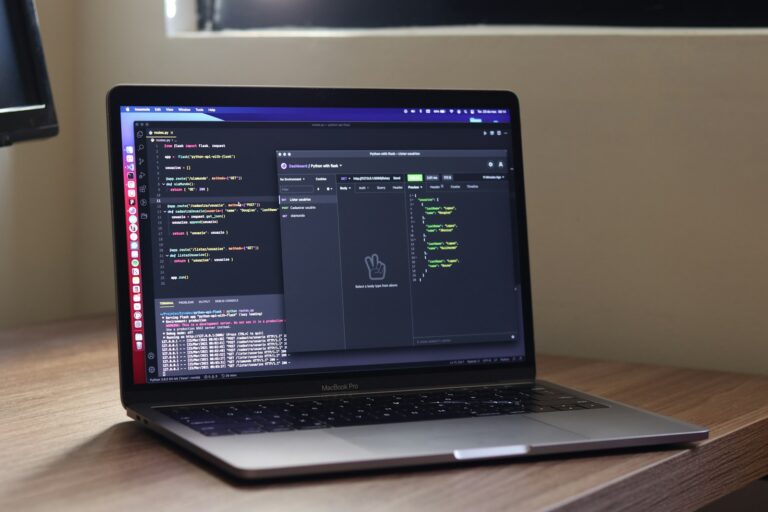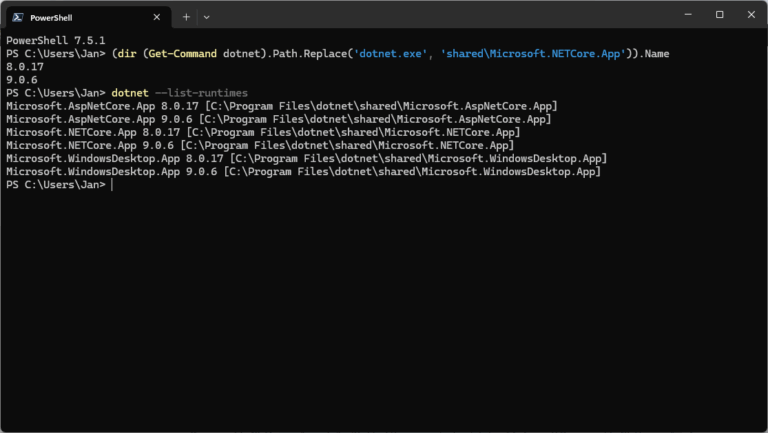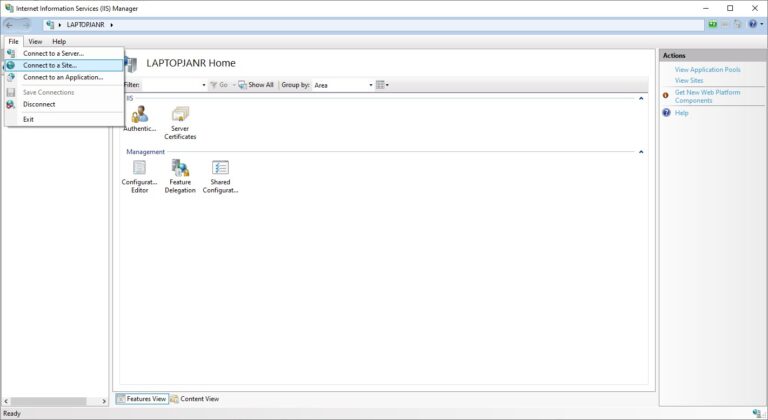Address
304 North Cardinal St.
Dorchester Center, MA 02124
Work Hours
Monday to Friday: 7AM - 7PM
Weekend: 10AM - 5PM

I found the SendGrid API documentation is lacking an simple PowerShell example to use their API, so here it is: Use Twilio SendGrid Web API v3 endpoints, including the new...

The Baidu spider (BaiduSpider user agent) can be a real pain to block, especially since it does not respect a robots.txt as it should. This post shows you how to...
![[HttpException (0x80004005): The length of the URL for this request exceeds the configured maxUrlLength value.]](https://saotn.org/wp-content/uploads/2025/06/Length_of_URL_for_request_exceeds_maxUrlLength_value-11-768x422.png)
The maximum length of a URL in the address bar is 2048 characters. In Windows Server IIS, its length is defined by the HttpRuntimeSection.MaxUrlLength property with a maximum length of...

Users can install and run multiple .NET Framework versions on their computers. When you develop or deploy your app, you might need to know which .NET versions are installed on...

There are a lot of hints & tips out there for troubleshooting SPNs, or Service Principal Names. Listing duplicate SPNs is fairly easy, just use setspn -X on your command prompt and...
Windows Server IIS is known for reusing DH key values, but there is a way to disable ECDH public server param reuse in Windows Server IIS and here is how....

Disk cleanup in Windows Server using DISM is one of the most popular posts here on Saotn.org. It is still valid for Windows Server 2016 and up. So apparently, disk...

No more need for Windows Server IIS? Want to remove IIS completely from Windows Server using PowerShell? Learn how to remove IIS from Windows Server using PowerShell. Follow this if...

Sometimes you have use a specific TLS/SSL certificate or thumbprint for outgoing HTTPS connections because of endpoint restrictions. To test these connections you can use PowerShell, but how do you...

Easily send your DevOps reporting by email with this PowerShell function, because the Send-MailMessage cmdlet is obsolete. Of course you’ll be using StartTLS and authenticated SMTP as additional security. If...